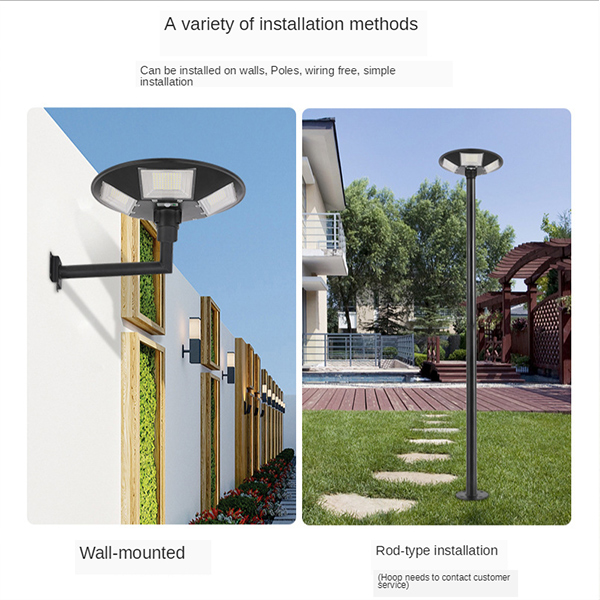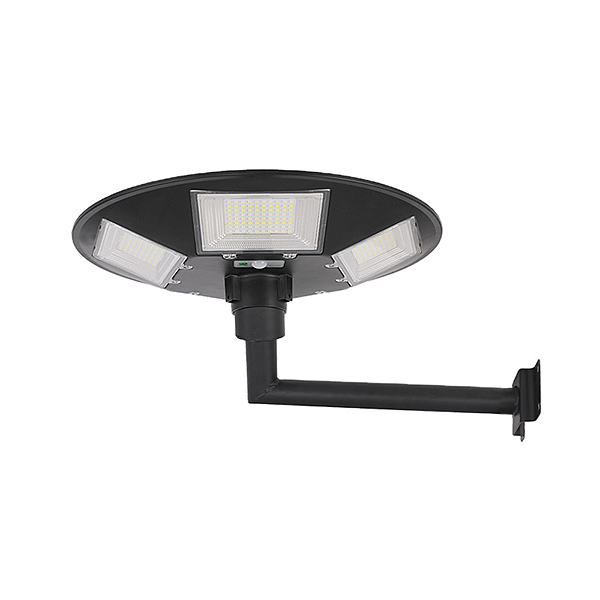When you’re considering harnessing solar power in your home, the cost point of solar panels can be daunting.But how can solar energy be used in a low-cost way?With solar powered landscape lights, your outdoor space can be illuminated without being connected to a power source – except for the sun.
Easy to use and eco-friendly, solar landscape lighting is a great way to add lighting to the exterior of your home.Still, be sure to consider the possible downsides of solar landscape lighting to determine if it’s the right choice.
solar yard lights
Imagine how solar panels work on a roof: By capturing energy from the sun’s rays and converting it into electricity, solar panels can help keep the lights on in a house — as well as other power needs.Solar landscape lights work in much the same way, just on a smaller scale.
Solar landscape lighting comes in many forms, from small sidewalk lights and floodlights to light bulb strings and more.What they have in common is that all solar landscape lights use a small solar panel, usually on top of the lighting feature.Unlike grid-based electricity, solar energy comes from renewable sources.Even on the small scale of landscape lighting, turning to this is a positive.
Landscape lighting can help improve the safety of your home, illuminate paths, illuminate outdoor living spaces and complement the overall landscape.Solar landscape lights can do all of this by reducing utility costs and not relying on electrical connections.
This makes adding solar landscape lighting a very easy DIY project for any homeowner.However, this does not mean that solar landscape lighting is the right choice for every space.
Since solar landscape lights are powered by the sun, you don’t need extra wiring or electrical connections.Not only is this convenient in terms of installation, but it also allows for landscape lighting in farther corners of the yard where wires are not readily available.It also means you don’t have to worry about accidentally cutting power to your landscape lighting while digging into the ground.
If you want to install solar landscape lights, you don’t need to call an electrician.Instead, the installation process should be as simple as assembling the light and then putting it in place, such as anchoring it to the ground or hanging it.Because solar charging takes a while, you can’t test the light right away.However, depending on the unit of the day and the amount of sunlight, wait a few hours and you should be able to appreciate the new lighting effects.
solar yard lights
Unlike wired landscape lighting, solar-powered landscape lighting won’t affect your monthly utility bills.These savings may seem trivial, but they add up over time: for example, powering a 100-watt street light can cost about $60 a year.If you go with the solar version, then you can keep an extra $60 a year.
And, considering that solar landscape lighting can last three to four years before you need to replace the battery, or even longer before you need to replace the LED bulbs, there is plenty of time to recoup your initial investment in solar landscape lights.Even better, the cost of solar landscape lights continues to become more affordable as technology improves.
The biggest takeaway from solar lighting is that these installations rely on sunlight to work.Because solar panels are usually built into the light itself, this means you can only rely on steady lighting if you place the light in a sunny area – which means dark corners, covered patios, etc. may not be good for solar lighting candidate.
Sunshine, as most of us know, is also inconsistent from day to day.This means that on stormy days or days with shorter daylight hours, you may not get a good enough charge.After the light goes out, you need to wait until the next day to charge it again.
The lighting of solar lights is usually not as strong as that of wired lights.If you rely on landscape lighting or for safety or security purposes, you may want a more stable and reliable option such as LED lights.
To keep your solar landscape lights running, solar panels need to be cleared of debris, including leaves, snow, and dirt.While the lights themselves are durable, that means you’ll need to check them regularly if you want to keep them working.
You can consider solar landscape lighting on a case-by-case basis.These handy, ready-to-use lights may work well in the parts of your yard where you get consistent lighting.You can then stick with traditional lights in another part of the space that requires intense, consistent lighting.
Emily is a writer specializing in personal finance, real estate, and parenting.By demystifying complex topics ranging from mortgage products to stroller options, she hopes to give reade
Post time: Jan-21-2022






